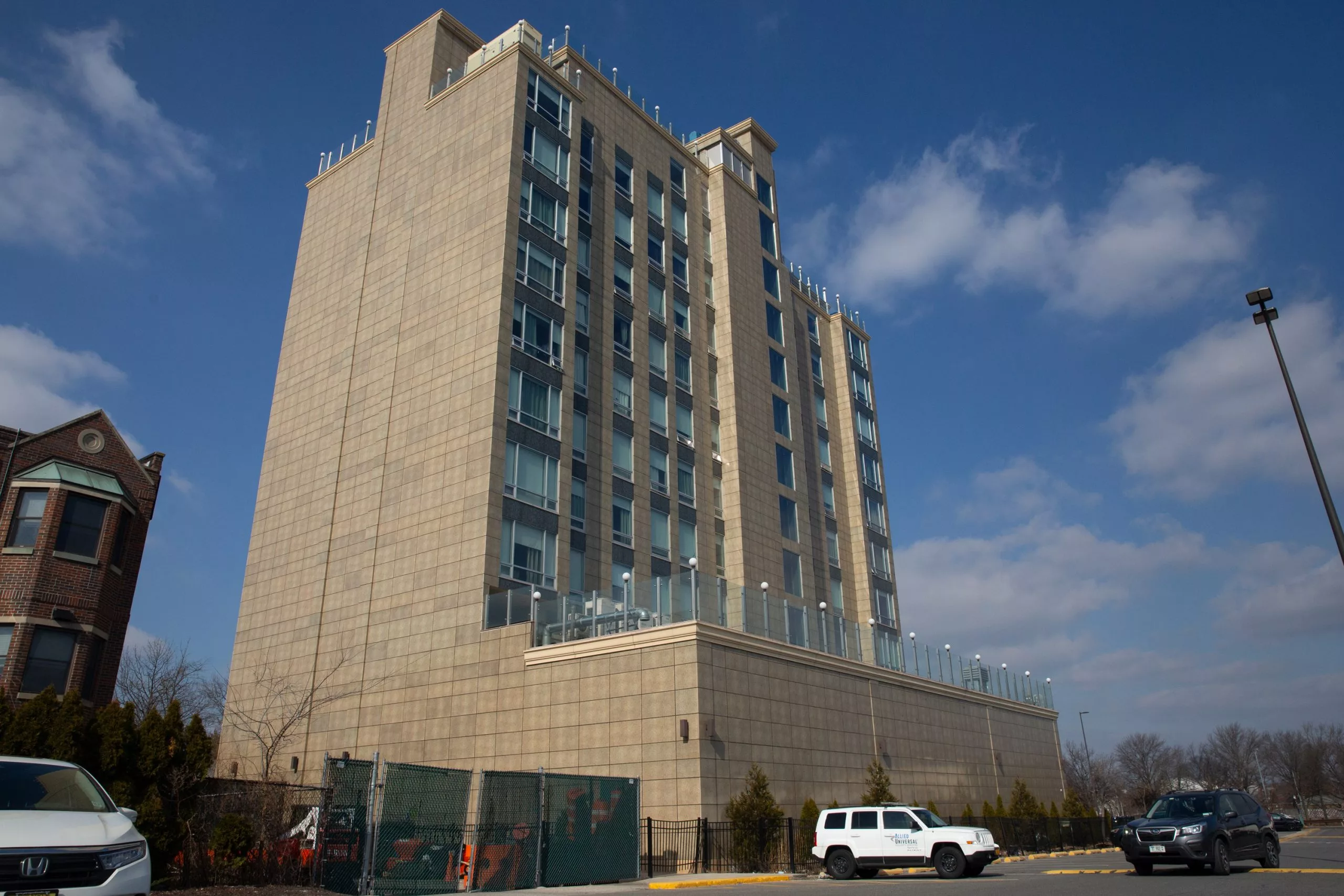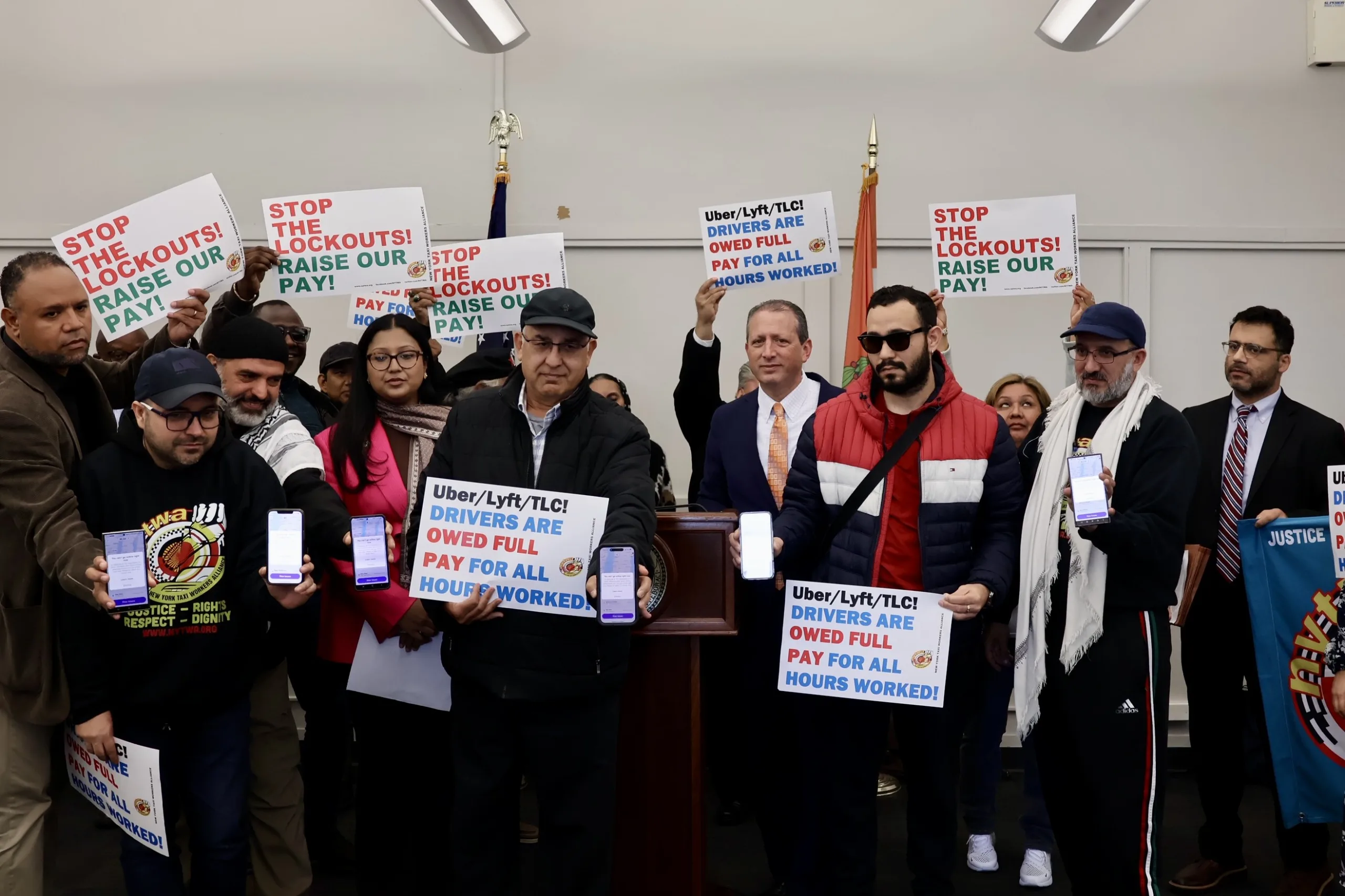According to statistics released by Immigration and Customs Enforcement today, immigration-related administrative arrests by Enforcement and Removal Operations (ERO) officers at the agency’s New York City office increased about 35 percent to 3,476 in the fiscal year 2018 that ended Sept. 30 from 2,576 in
The jump continues a trend of increased targeting of people without criminal records. An analysis of ICE data by the New York City Mayor’s Office of Immigrant Affairs (MOIA) found that non-criminal arrests in the New York City area of responsibility—which mostly operates within the city but is also responsible for a handful of adjacent counties—had shot up by over 200 percent in the eight months following the inauguration of President Donald Trump, compared to the same period the previous year.
“Overbroad enforcement against immigrant New Yorkers does nothing to make us safer. New York City works with federal partners in the interest of public safety, but not to be an arm of immigration enforcement,” said MOIA Press Secretary Matt Dhaiti in response to the new data.
Of those arrested in 2018 who did not have criminal convictions, 804 had pending criminal charges, meaning that they had been charged with a crime but were arrested by ICE before their cases could be resolved in court. Immigration attorneys and advocates have decried this practice, which they say interferes with the functioning of the criminal justice system and inhibits the ability of clients to clear their names when charged with crimes.
The majority of ICE arrests take place in or around the courthouses where immigrants must appear to participate in criminal proceedings. Dozens of retired judges from around the country recently penned a letter to ICE urging the agency to cease the practice. The Immigrant Defense Project keeps track of such arrests, and has developed an interactive map of known ICE detentions that illustrates the phenomenon in New York. Statistics provided by ICE for 2017 do not include a breakdown of how many non-criminal detentions involved people with pending charges.
“They aren’t abiding by the discretion policy exercised under the Obama administration, and it’s a horrifying reality of the Trump administration” said Redmond Haskins, the deputy communications director at the Legal Aid Society, which represents clients in both criminal and immigration matters and is a provider of legal services to detained immigrants under the city-run New York Immigrant Family Unity Project.
Shortly after his inauguration President Donald Trump directed ICE to remove criteria previously observed with regards to targeting people with criminal records and recent arrivals to the United States while long time undocumented residents without records were largely left alone. “These numbers underscore that, but they also underscore the need for New York to support robust legal counsel for folks who become entangled with ICE, NYIFUP and other legal efforts that represent New Yorkers on immigration matters,” Haskins said.
Given New York City authorities’ aversion to cooperating with federal immigration enforcement, the NYC numbers are far lower than those for other field offices with fewer overall immigrants. Topping the list of administrative arrests was the Dallas field office, which saw a staggering 17,644 detentions, followed by the Atlanta field office, which had 15,189. New York City field office arrests for 2018 made up just over 2 percent of the national total.
ICE removals—a term that includes deportations, voluntary returns, departures, and other types of ICE-facilitated departures from the country—also increased, going from 2,006 in
“What the data shows is that we must make universal representation one of our highest legislative priorities,” said City Council member Carlos Menchaca, chair of the Committee on Immigration, in a statement. “Universal representation won’t replace the need for comprehensive immigration reform at the federal level, but it’s a very concrete thing we can do right now to keep families together and out of inhumane detention facilities.”
ICE’s New York City field office had not responded to questions about the statistics by press time.















